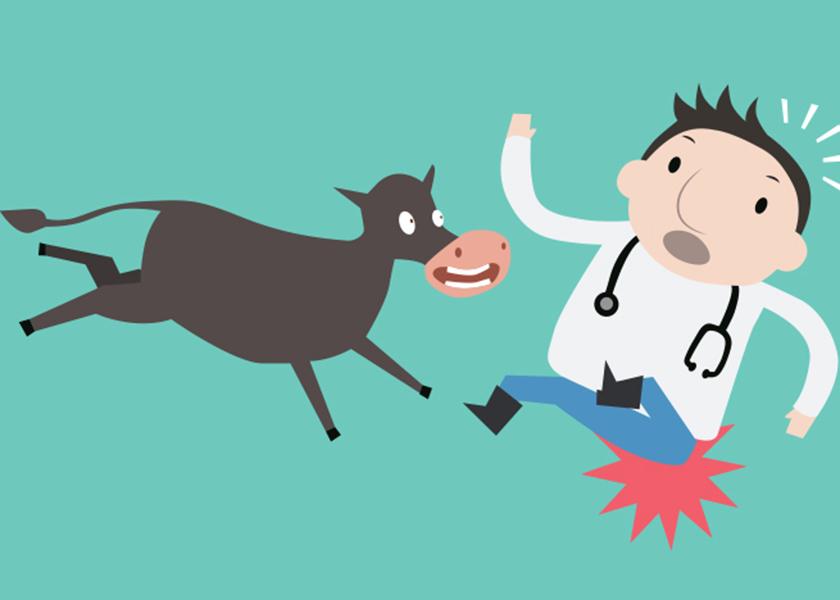Treat Yourself With The Basics: Heat, Cold, Cream

Were you recently kicked while at work? Your shoulder start to hurt while driving between farms? Your elbow start to ache during a prolonged period of repetitious palpation? Did you injure your knee while playing with your kids?
After suffering an injury or an insidious onset of pain, most people use cold as a first mode of treatment; however, a deeper understanding of reasoning, methods, precautions and more can help optimize the benefits and prevent complications during the application of cold, heat and cream.
Cold should be used exclusively during the first 72 hours after your initial injury or the onset of symptoms, as well as after a significant flare-up of any prior problem. Cold decreases the body’s inflammatory response
in the injured area, which can decrease swelling and pain. You can continue to use cold beyond the 72 hours, if you feel it is still helpful.
Cold can be applied using commercial cold packs or bags of frozen vegetables (peas or corn work well), which should minimize the risk of making a mess. To prevent frostbite, a barrier must be used between your skin and the cold source. Clothing, a towel or a pillowcase can be used. A thinner material provides a colder sensation and could be more effective, but it should be comfortable as well. The area being treated should be positioned comfortably and optimally would also be above the level of the heart.
Cold application in this manner should be limited to a maximum of 20 minutes per hour to assist in the prevention of frostbite. The remaining 40 minutes in that hour allow the skin to return to normal temperature prior to reapplying.
There are other options for cold application that only take five minutes, and, therefore, are more feasible for some people. One of these options is immersion in a container of ice water and is most commonly used for elbows, ankles or feet. Another option lasting only five minutes is an ice massage, but this should only be used in a fairly small area. To prepare for this option, fill paper or styrofoam cups about two-thirds full with water and freeze them. When ready to use, peel away some of the cup to expose the ice. The ice should be rubbed directly on the skin and must be continuously moving for about five minutes.
Heat is an appropriate option when at least 72 hours have transpired since the initial injury or onset of symptoms. Limit use to a maximum of 30 minutes per hour to prevent excessive fatigue caused by prolonged heat dissipation, and to allow the skin to return to a normal temperature before potentially reapplying.
Moist heat provides deeper penetration than dry heat. Therefore, moist heat typically provides better muscle relaxation and more pain relief. Methods of applying moist heat include hot showers, hot baths or heating pads. Electric heating pads are preferred over microwaveable versions, because the user has the choice of several intensity levels and a steady heat is maintained for the entire duration of application. Many older electric heating pads should not be made wet due to the risk of being shocked. Newer versions are constructed differently which eliminates the risk of shock. These newer heating pads typically have a sponge that is made wet and placed inside the outer cover to provide the moisture.
After 72 hours, some people will choose heat or cold depending upon the time of day and/or the symptoms they are experiencing. For example, moist heat is more likely to be helpful to combat stiffness or to address symptoms which are related to arthritic changes. Others have found alternating moist heat and cold to be more beneficial than the exclusive use of either heat or cold.
Another common method of pain relief is the use of a topical cream. After cream is applied, heat should not be applied for at least three hours to minimize the risk of causing skin lesions. Therefore, I typically recommend using creams when going to bed to assist with sleep and/or when leaving home to improve tolerances for activities such as work, running errands or a prolonged ride in a vehicle.
Legal Disclaimer: The content of this article is not intended to be a substitute for individual professional medical advice. Relying on the information provided is done at your own risk.







